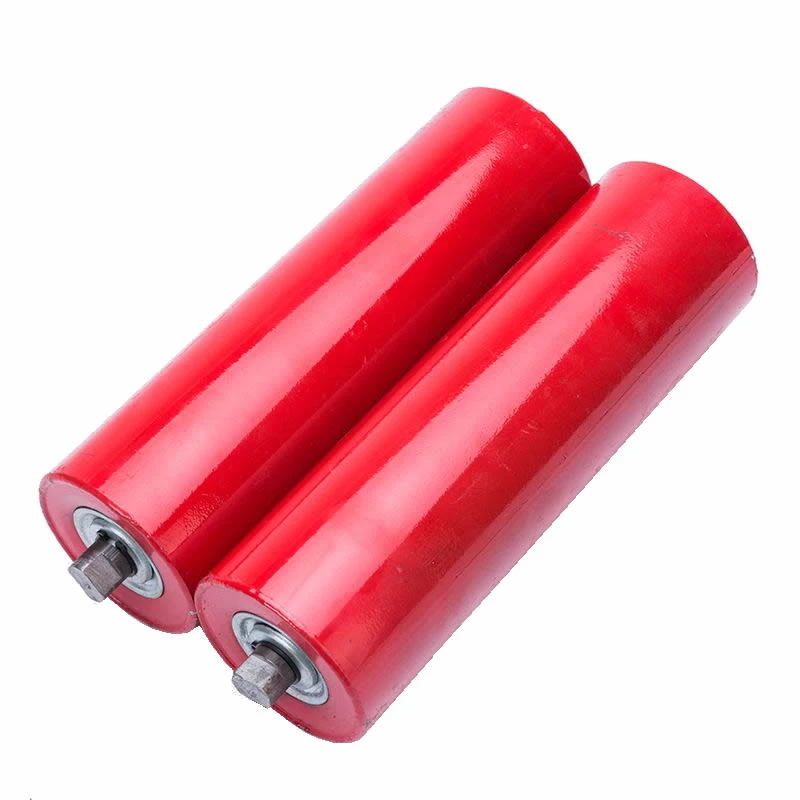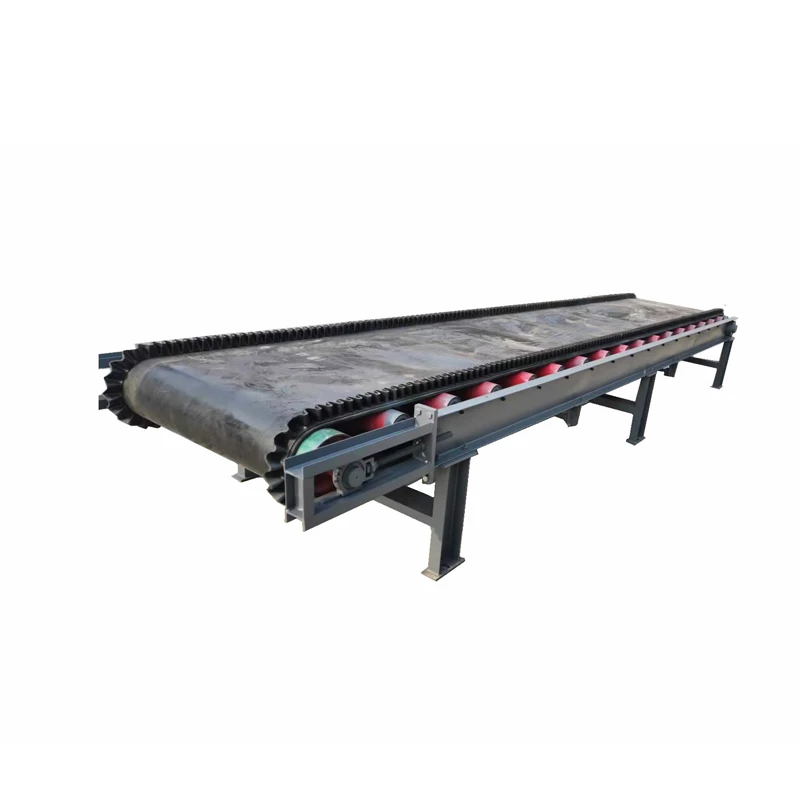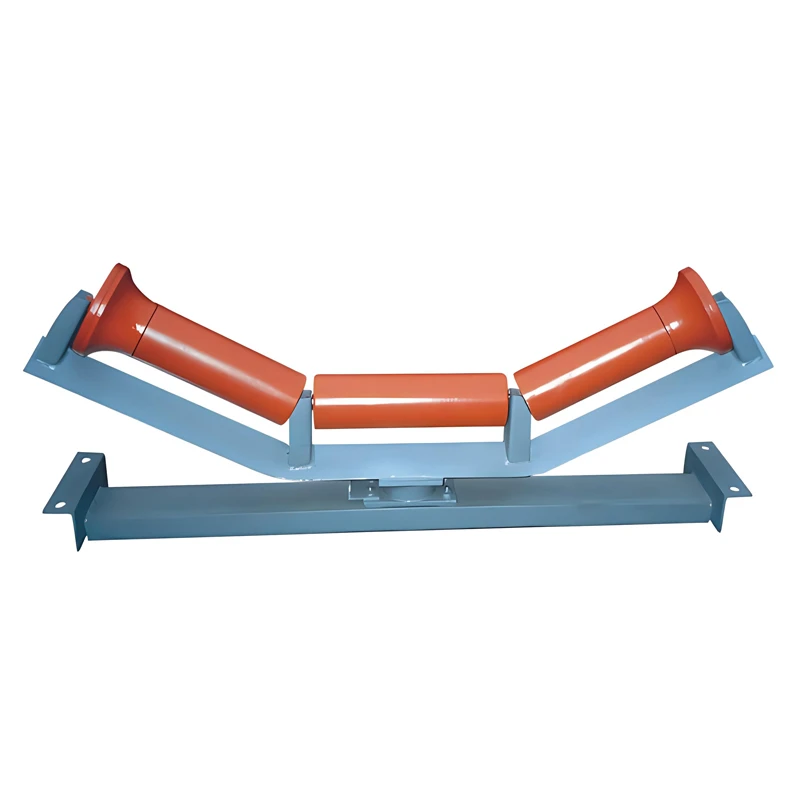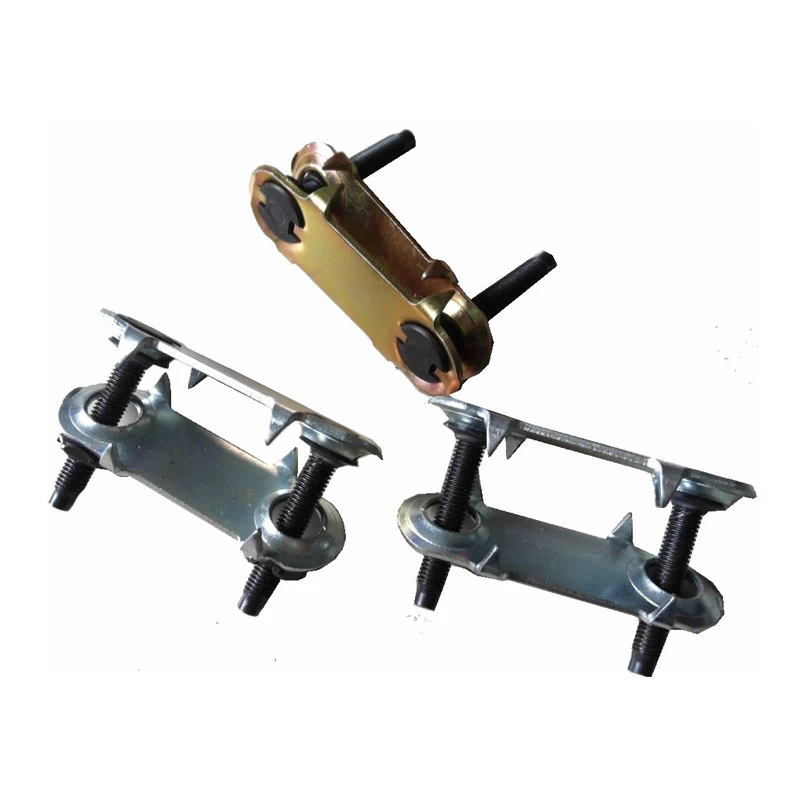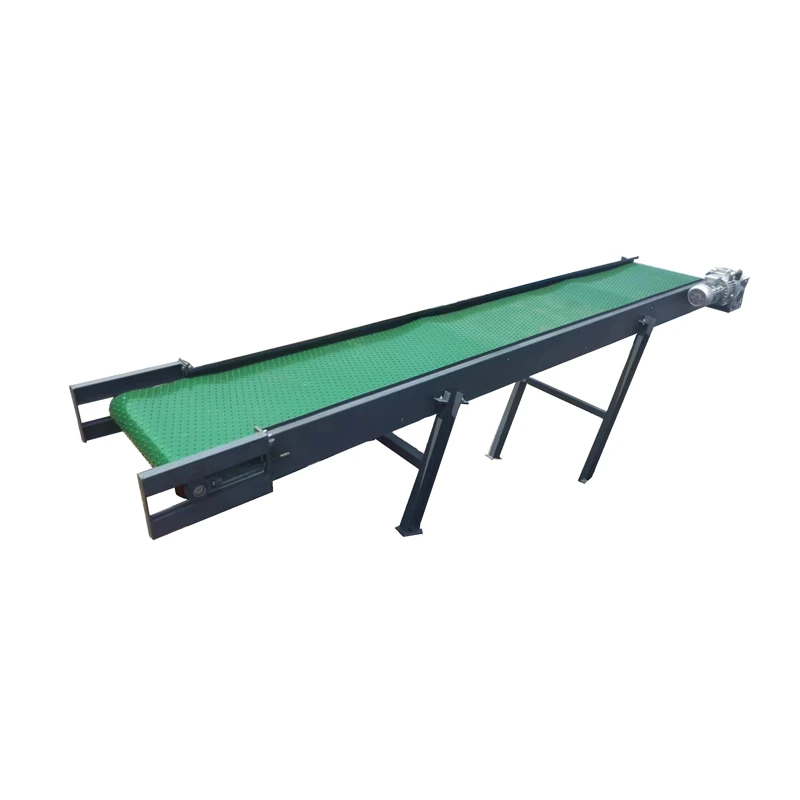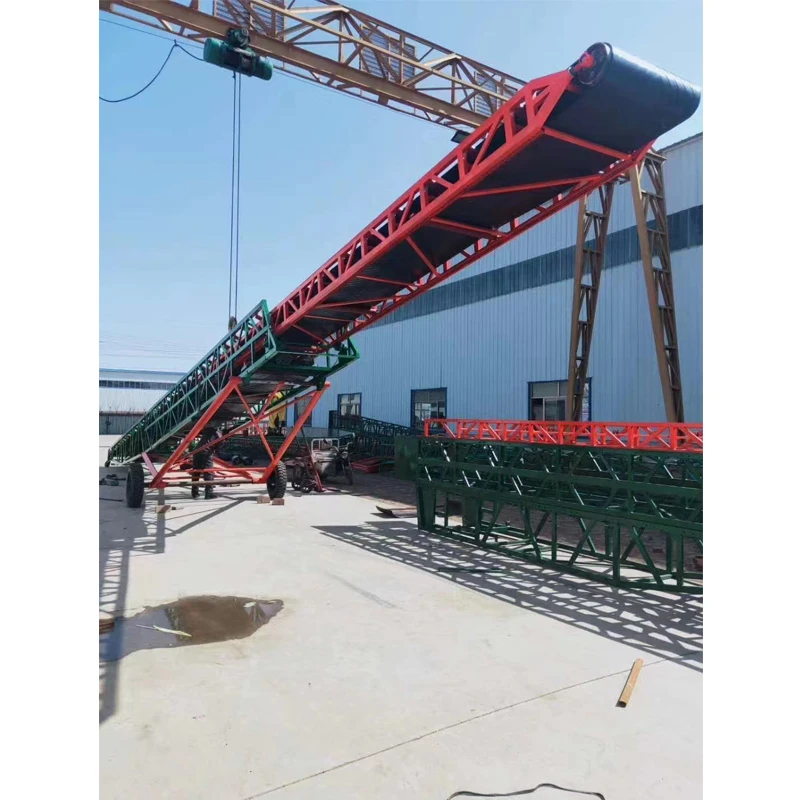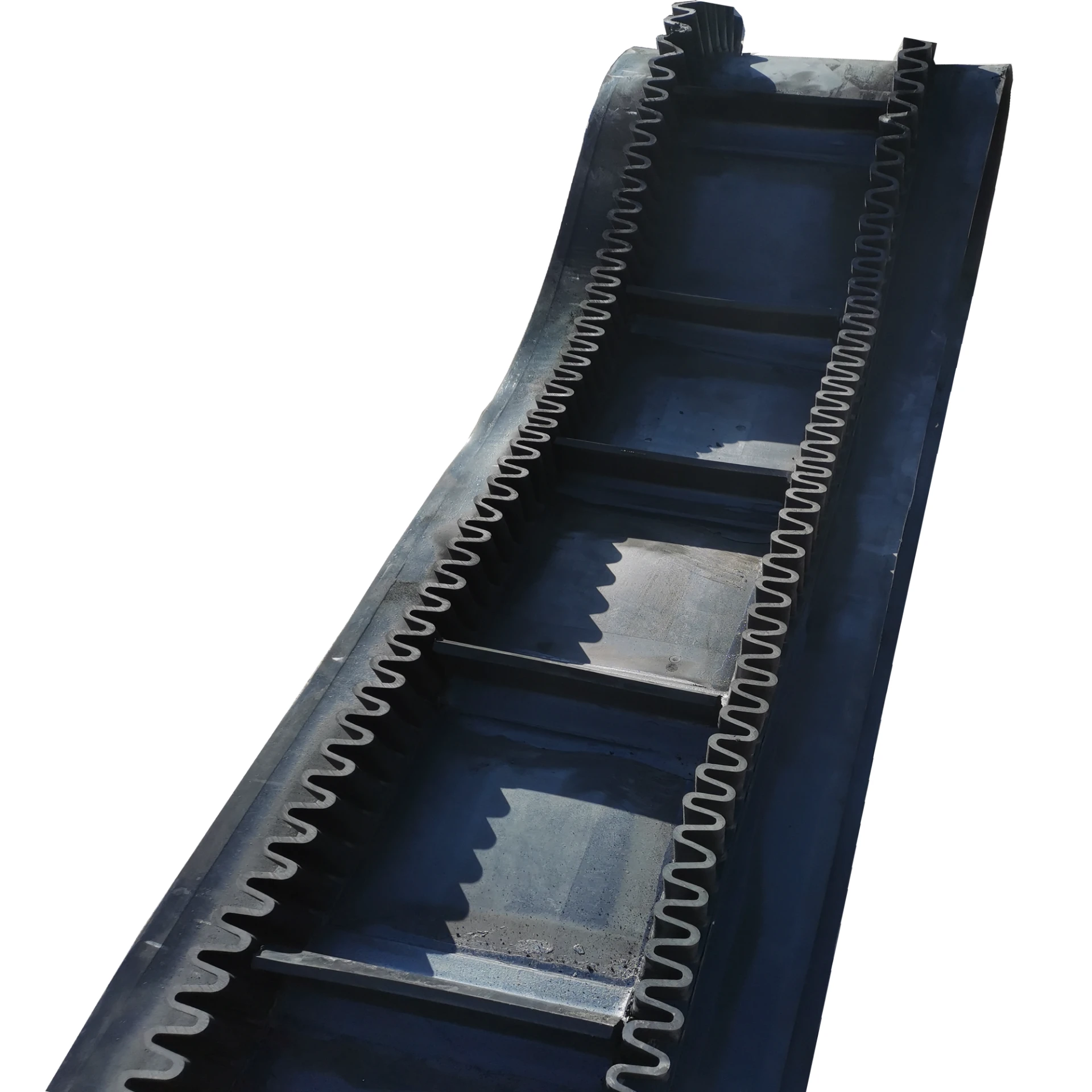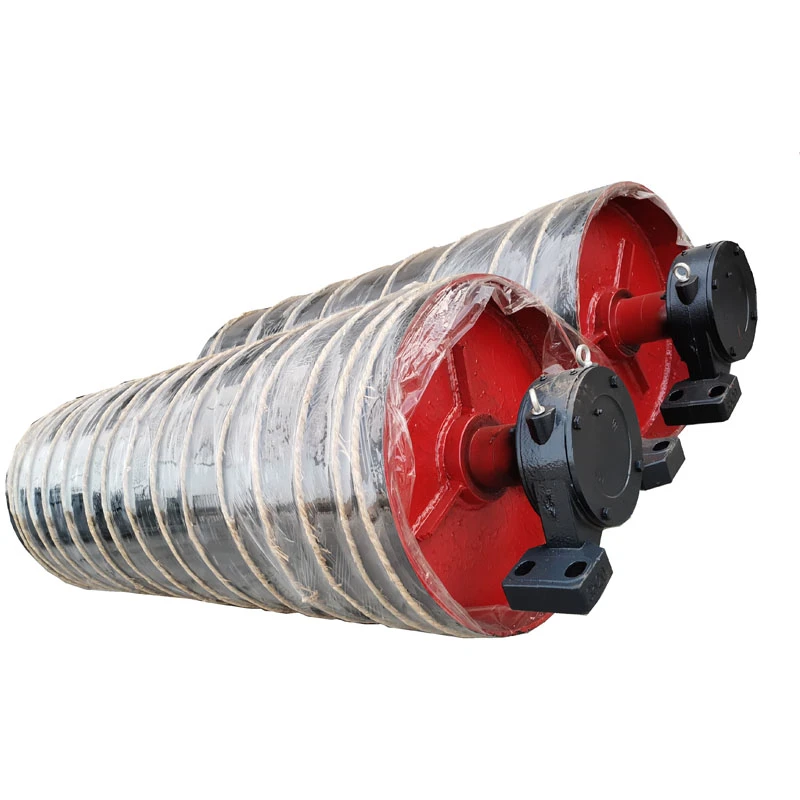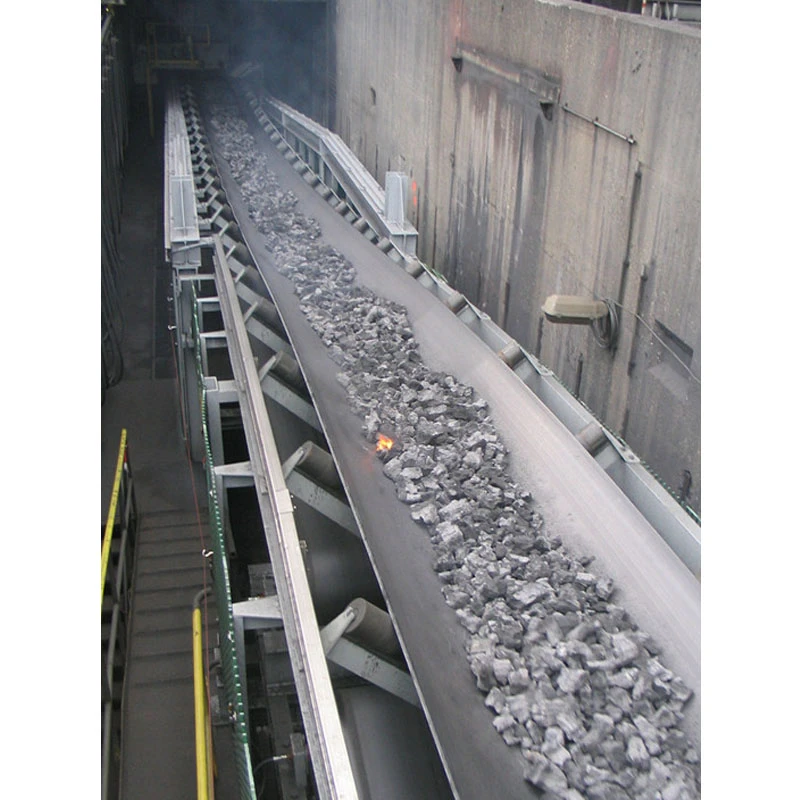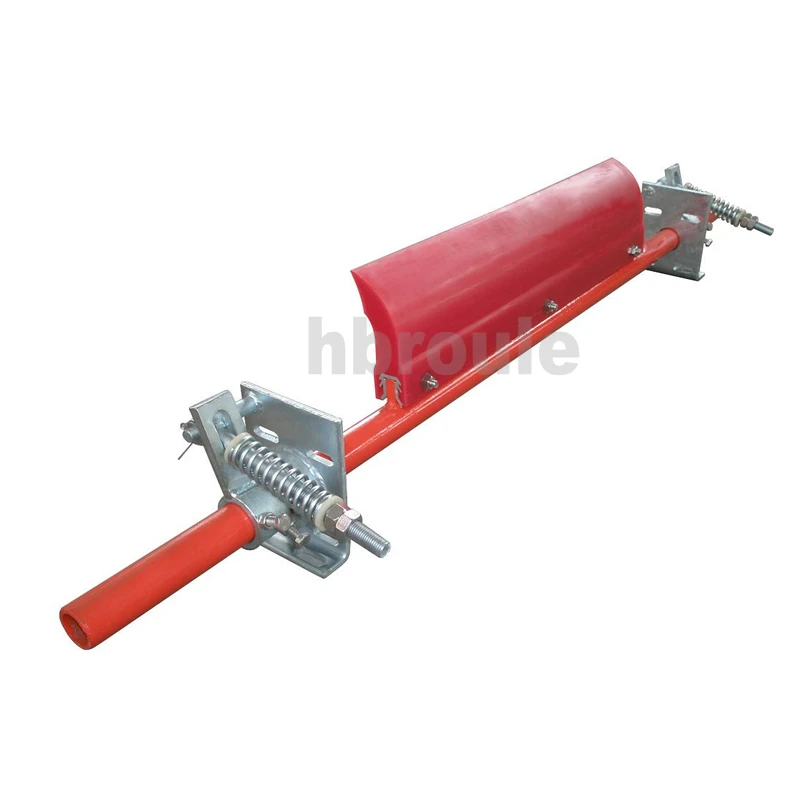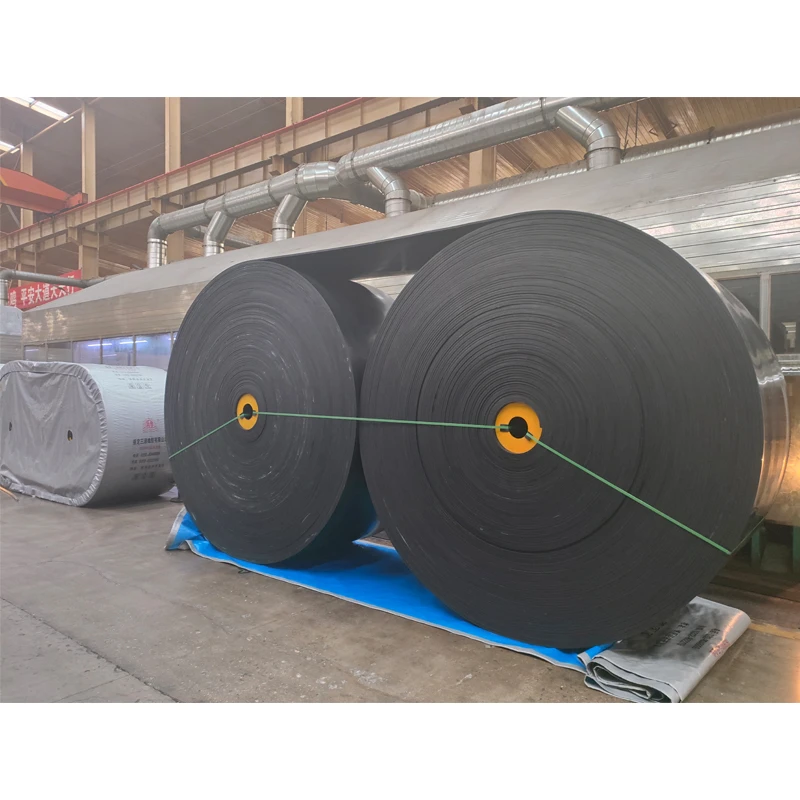- The Fundamentals of Roller Conveyor Rollers in Material Handling
- Impact Data: Technical Advantages Driving Operational Efficiency
- Comparative Analysis: Key Specifications Across Roller Types
- Manufacturer Comparison: Performance and Value Evaluation
- Customization Solutions for Specialized Industrial Requirements
- Real-World Applications Across Major Industry Sectors
- Future Innovations and Selection Guidance for Roller Conveyor Systems
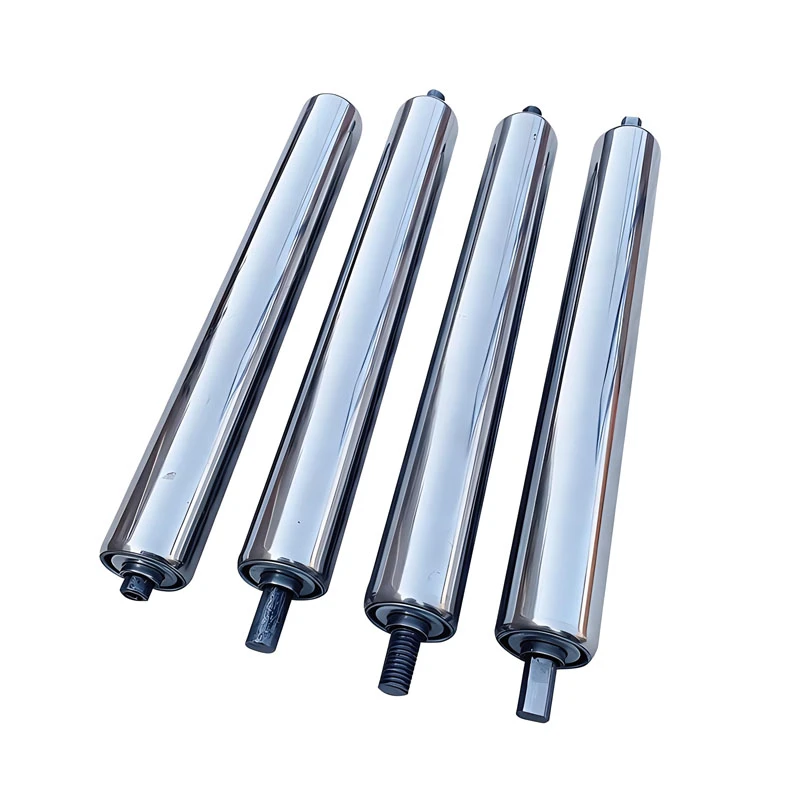
(roller conveyor rollers)
The Fundamentals of Roller Conveyor Rollers in Material Handling
Roller conveyor rollers serve as the backbone of material handling systems across numerous industries. These cylindrical components form the essential framework for conveying goods efficiently from point A to B. Different roller designs serve distinct purposes – standard rollers handle general loads, rubber covered conveyor rollers provide enhanced traction and cushioning, while pipe conveyor rollers offer economical solutions for light-to-medium duty applications. Modern manufacturing employs advanced processes: cold drawing ensures dimensional accuracy in steel tubes, while robotic welding guarantees structural integrity. Surface treatments like zinc plating or powder coating combat corrosion, extending operational lifespan by 30-40% over untreated alternatives. Proper roller diameter selection (1.9″ to 4″ typically) directly impacts energy efficiency, with testing confirming 18-22% reduced drive power requirements when sizing matches load specifications.
Impact Data: Technical Advantages Driving Operational Efficiency
Engineering advancements have significantly enhanced roller performance metrics. Precision-balanced rollers operating at over 200 RPM reduce vibration-related maintenance by 40%, based on ISO 1940 balance standards. Sealing innovations in bearings extend service intervals; latest triple-labyrinth designs achieve 15,000+ operating hours in dusty conditions. Data from distribution centers shows rubber covered conveyor rollers reduce package damage claims by 27% compared to metal equivalents due to shock absorption. Accelerated wear testing demonstrates specialized rollers withstand impact loads exceeding 900 lbf without deformation. Electrically conductive roller variants dissipate static charges below 3.0 KV – critical for electronics manufacturing. Such technical improvements collectively decrease unplanned downtime by 50% in high-volume operations.
Comparative Analysis: Key Specifications Across Roller Types
| Specification | Standard Rollers | Rubber Covered Rollers | Pipe Conveyor Rollers |
|---|---|---|---|
| Max Load Capacity | 600 lbs | 500 lbs | 350 lbs |
| Noise Level (dB) | 78-82 | 68-72 | 75-80 |
| Impact Resistance | Medium | High | Low-Medium |
| Operating Temp Range | -20°F to 180°F | -40°F to 210°F | -20°F to 160°F |
| Cost per Unit (Industrial) | $15-30 | $28-55 | $10-20 |
| Slope Conveying Angle | Up to 10° | Up to 25° | Up to 7° |
Manufacturer Comparison: Performance and Value Evaluation
| Manufacturer | Warranty | Load Cycle Testing | Production Lead Time | Custom Options |
|---|---|---|---|---|
| Company A | 5 years | 500K cycles | 2 weeks | 32 sizes |
| Company B | 3 years | 300K cycles | 4 weeks | 21 sizes |
| Company C | 7 years | 750K cycles | 1 week | 45 sizes |
| Company D | 2 years | 150K cycles | 3 days | 12 sizes |
Customization Solutions for Specialized Industrial Requirements
Tailored roller configurations resolve unique operational challenges. Food processing facilities implement FDA-compliant rollers featuring stainless steel construction and specialty seals resistant to high-pressure washdowns. Mining operations utilize heavy-duty pipe conveyor rollers with tungsten carbide coatings to withstand abrasive materials. Temperature extremes demand engineered solutions: freezer environments incorporate roller bearings with -80°F rated lubricants, while glass manufacturing lines employ rollers with ceramic coatings maintaining integrity at 450°F. Anti-microbial rubber compounds combat bacterial growth in pharmaceutical settings. Smart rollers with embedded sensors now provide real-time monitoring – prototypes track roller speed within ±2% accuracy, detecting failures before operational disruptions occur.
Real-World Applications Across Major Industry Sectors
Automotive assembly lines have documented 15% throughput increases using tapered rollers optimized for vehicle frame conveyance. Distribution centers handling fragile items report 90% damage reduction after switching to shore 60A hardness rubber covered conveyor rollers. Packaging facilities increased speed capabilities to 120 fpm using dynamically balanced rollers meeting G6.3 tolerance. Aerospace manufacturers solved component scratching issues using nylon-sleeved rollers on titanium part lines. Pipe conveyor rollers prove essential in timber processing where impact-resistant galvanized versions last 3x longer than alternatives when handling raw logs. These implementations demonstrate how roller selection materially impacts productivity metrics – DC operators frequently report 22% lower maintenance expenditures after optimized roller system installation.
Future Innovations and Selection Guidance for Roller Conveyor Systems
Several emerging technologies will reshape conveyor roller capabilities. Nanocomposite coatings in development promise to triple roller lifespan by resisting microscopic abrasion. Regenerative drive systems are being tested to recapture kinetic energy from roller deceleration. Field data indicates proper roller conveyor rollers
selection starts with load analysis – 78% of premature failures occur due to incorrect load rating assumptions. Environmental audits establish critical parameters; operations with washdown requirements should prioritize stainless steel components over zinc-plated alternatives to avoid 3x higher corrosion failures. Consult engineering specifications carefully: bearing types must match operational RPM requirements, while tube thickness determines impact resilience. Ultimately, optimal roller conveyor systems balance initial investment with lifecycle costs – quality rollers typically deliver 400% ROI through improved uptime and reduced energy consumption over seven-year operational windows.
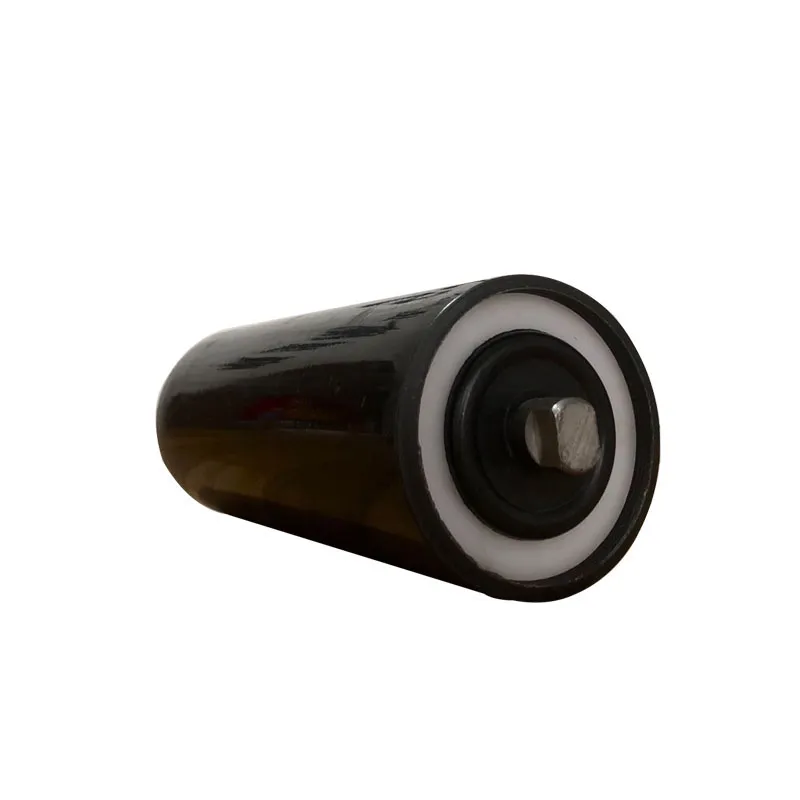
(roller conveyor rollers)
FAQS on roller conveyor rollers
Here are 5 FAQ pairs in HTML format, focusing on roller conveyor rollers and their variants:Q: What are roller conveyor rollers used for?
A: Roller conveyor rollers enable efficient material transportation in warehouses and production lines. They reduce friction and support smooth movement of packages or components. Their design allows gravity-powered or motorized conveying systems.
Q: Why choose rubber covered conveyor rollers?
A: Rubber covered conveyor rollers provide enhanced grip and product protection. The coating reduces noise and prevents slippage during inclined transport. They're ideal for delicate items like glass or packaged goods needing cushioning.
Q: Where are pipe conveyor rollers typically applied?
A: Pipe conveyor rollers excel in heavy-duty mining and bulk handling operations. Their sealed steel construction withstands abrasive materials like coal or ore. The cylindrical shape creates secure enclosures for long-distance material transfer.
Q: What maintenance do roller conveyor rollers require?
A: Regular cleaning to remove debris and checking for rotation issues is essential. Inspect rubber-covered rollers for cracks and replace worn bearings promptly. Proper lubrication ensures longevity and prevents unplanned downtime.
Q: Can conveyor rollers be customized for specific applications?
A: Yes, rollers can be customized through adjustments to diameter, shaft type, and material coatings. Rubber thickness or durometer can be modified based on load requirements. Pipe rollers may feature specialized linings for corrosion resistance in harsh environments.


